Purchasing unique ceramic sculptures online has become a popular choice for art enthusiasts and collectors alike....
Types of Ceramics
What are Ceramics?
Ceramics are a versatile material used in pottery around the world, and understanding the different types of it can help choose the right material for any given application.
From firing temperature
- Ceramics is a material that has been used to create vessels and decorations around the world since ancient times. However, not all ceramics are created equal, and distinct types can be separated based on the firing temperature.
- Earthenware is the oldest form of ceramics and is created by baking clay in an open kiln at a lower temperature. This type of ware is porous, so it is necessary to glaze or paint earthenware vessels to make them waterproof. Earthenware, sometimes referred to as pottery, has been used to create vessels and decorations as far back as ancient Egypt.
- Stoneware,is baked in a much higher temperature. This type of ceramics is denser and does not require an additional glaze, making it perfect for making vessels that can be used for everyday use. This kind of ware was popular in ancient China and Europe.
- The highest firing temperature is reserved for porcelains, which are the most common form of ceramics used today. This type of ware is so dense and waterproof that it does not require glazing, making it a popular choice for tableware and other vessels.
- Lastly, bone china is a type of porcelain with added bone ash to make it even brighter and whiter. This form of ceramics is popular in Europe, and it is the most common type of porcelain found in households today.
All these types of ceramics have their own unique characteristics that make them perfect for different uses. Whether you are looking for earthenware, stoneware, porcelain, or bone china, you can find ceramics to suit your needs.
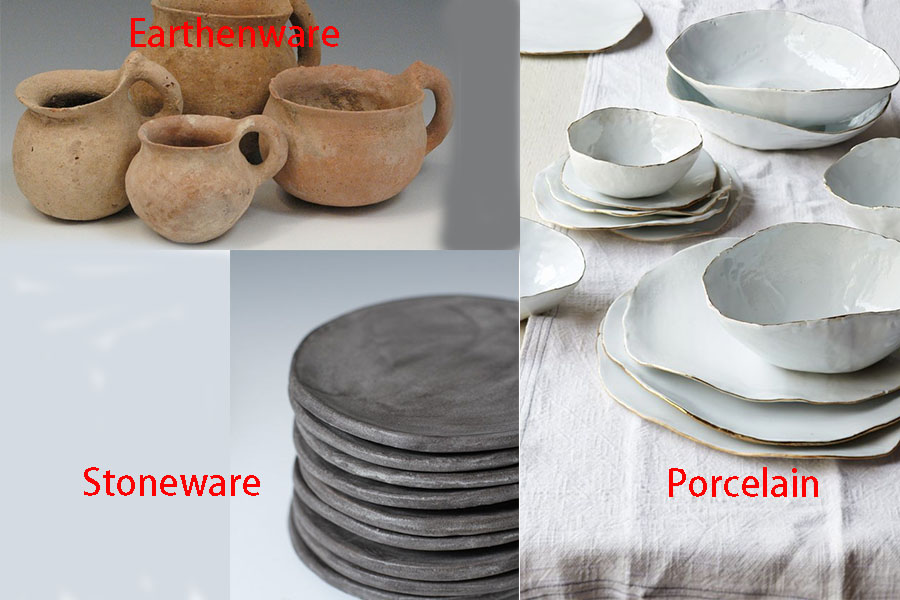
From the history of word origins
Porcelain, earthenware, pottery, stoneware, and bone china are all examples of ceramics. The common thread among them is clay, which is easy to mold and shape and has been used for making pottery since the dawn of civilization.
- Porcelain is the most common of ceramics and is usually made from kaolinite, a type of clay, and chinastone. It is fired at a high temperature and is highly translucent, meaning that light passes through it easily. Traditionally, porcelain was made in China and exported around the world, though it is now manufactured in other countries.
- Earthenware is generally made from ordinary clay that has been fired at a lower temperature than porcelain. It is not translucent and is porous, meaning it absorbs water. Examples include bricks, flower pots, and tiles.
- Pottery is a term that comes from the 15th century and generally refers to unglazed earthenware. It is typically coarser and less refined than earthenware and can be used for both decorative and utilitarian purposes.
- Stoneware is a type of ceramic between porcelain and earthenware used by Japanese potters to meet European orders. It is fired at a lower temperature than porcelain, but higher than earthenware. Examples of stoneware include modern-day dinnerware, tiles, and mugs.
Finally, bone china is a type of ceramic invented by British potters in the late 18th century. It contains about 40 percent bone ash, which produces a harder and more durable ceramic than other types. Bone china is still used to make many types of tableware today.
Porcelain, earthenware, pottery, stoneware, and bone china are just a few of the types of ceramics and have been used for centuries in pottery making. These materials all have different properties and uses, but they all use clay as their base material. Understanding these types of ceramics can help potters and consumers choose the appropriate material for any given application.
In conclusion
Ceramics is an ancient material used to create a variety of vessels and decorations around the world. This article write five distinct types of ceramics: earthenware, stoneware, porcelain, bone china, and pottery. Each type has its own properties and uses, and understanding these differences can help potters and consumers choose the appropriate material for any given purpose.
Click here to check what is TERRACOTTA
Leave a comment
Login to post comments
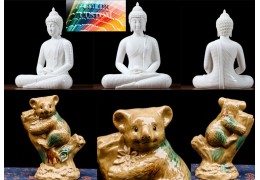
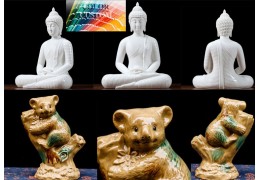
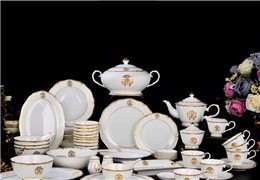
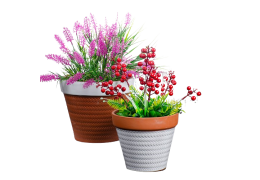
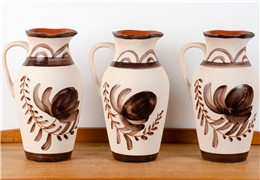
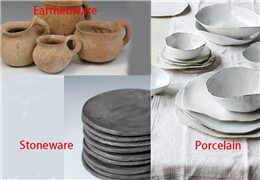
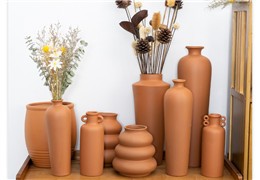
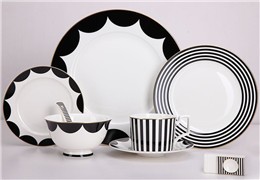

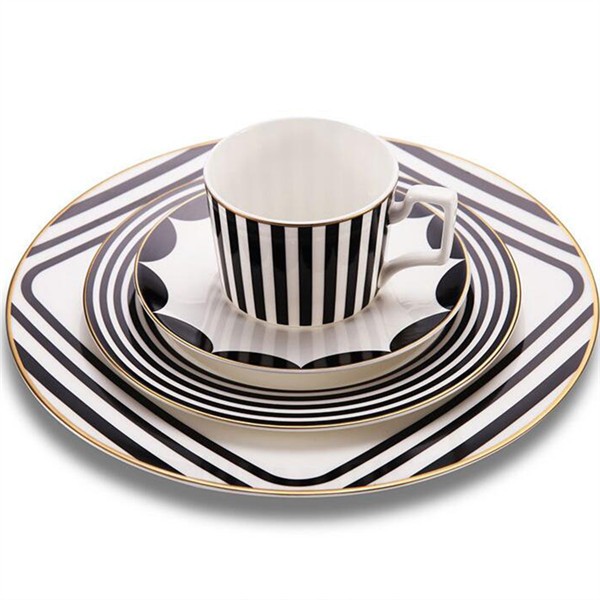
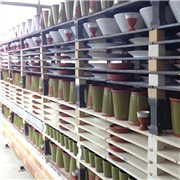

Top authors